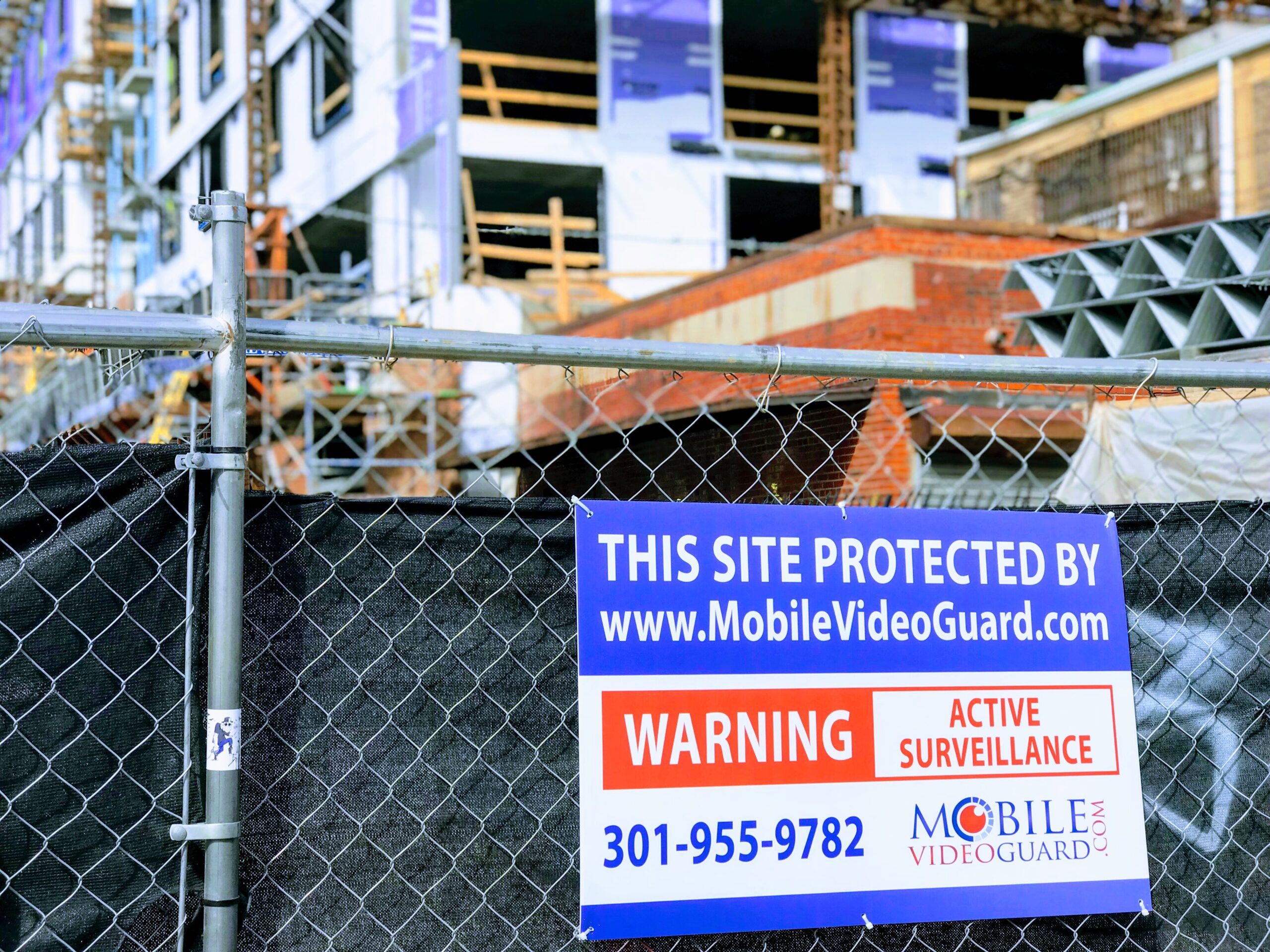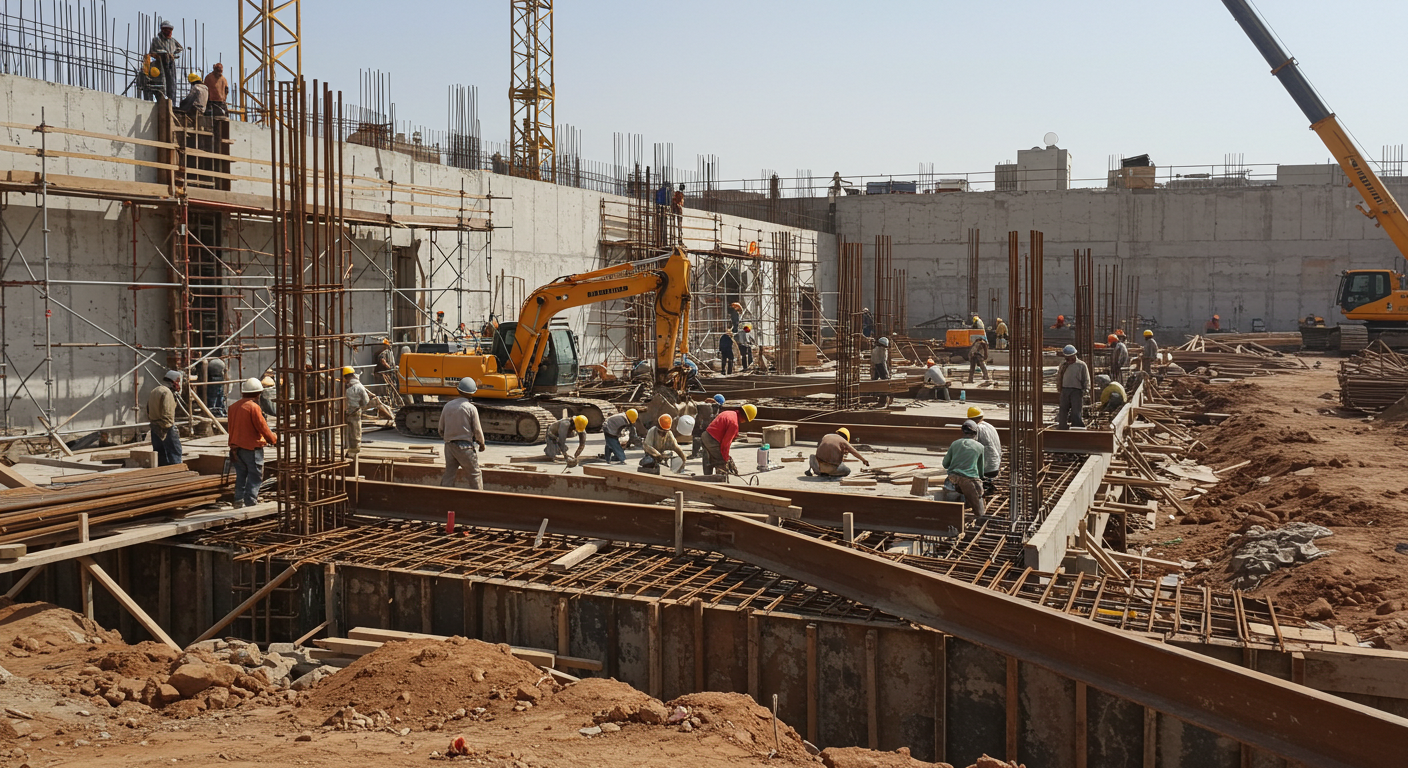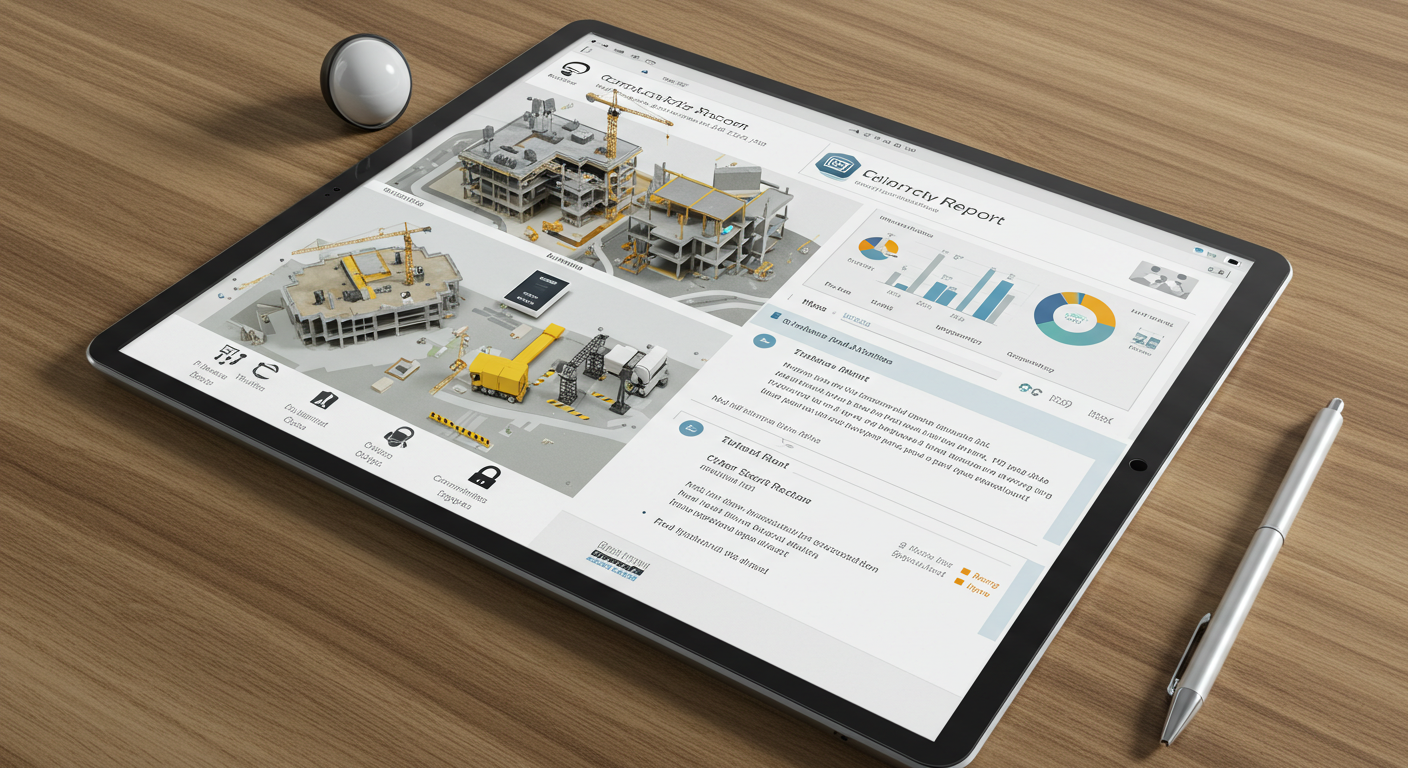The Cost of Complacency in Construction Site Security
In an era of rising equipment prices, labor shortages, and expanding job site complexity, construction security can no longer be treated as an afterthought. According to the National Equipment Register (NER), over $1 billion in equipment and material losses are reported each year across the U.S., and experts agree that the true number is even higher due to underreporting.
As the construction industry heads into 2025, security vulnerabilities remain one of the most preventable—but most ignored—causes of costly setbacks. Unfortunately, many contractors are still relying on outdated tools and tactics that leave sites wide open to theft, vandalism, and safety failures.
This guide outlines the top construction site security mistakes contractors must avoid in 2025 and offers proactive strategies to protect tools, materials, equipment, and personnel—especially in remote or storage-limited locations. With the right approach and tools like mobile surveillance systems and real-time monitoring, these losses are entirely preventable.
Mistake #1: Relying on Passive Surveillance Alone
Passive surveillance, like traditional CCTV systems that simply record footage, was once a reasonable security baseline. Today, it’s a major liability. These systems only show what happened after an incident, and by then, it’s too late.
Why It’s a Problem:
- Criminals know where cameras are and how to avoid them.
- Footage often goes unwatched until theft is discovered hours later.
- No live intervention means no real-time deterrence.
Real Example:
In early 2023, a contractor in Nevada lost over $85,000 in tools and equipment when a thief loaded a trailer and left undetected overnight. Footage showed the entire event, but with no real-time alert, no one was able to respond until the damage was done.
The Solution:
Use job site surveillance systems equipped with real-time monitoring, which allow trained professionals or AI-based systems to immediately detect, assess, and respond to threats as they happen, issuing warnings or contacting authorities in real time.
Mistake #2: Failing to Secure High-Value Assets Overnight
Skid steers, generators, compressors, copper wire, and tools stored in trailers are among the most frequently stolen items on construction sites. Yet, they’re often left unguarded or lightly secured after hours.
Why It’s a Problem:
- Thieves know the value of what’s onsite—and they strike when no one is watching.
- Mobile equipment is easy to drive or haul away in minutes.
- Without effective overnight protection, job sites are easy targets.
The Solution:
- Lock up small tools in secured boxes or storage containers bolted to fixed points.
- Use immobilizers and GPS trackers for heavy equipment.
- Position assets behind barriers or fencing and surround them with motion-triggered lights.
- Deploy mobile surveillance systems near high-value areas to monitor and respond during downtime.
Mistake #3: Underestimating Insider Threats and Access Control
Insider threats—employees, subcontractors, or vendors who exploit inside knowledge—account for a surprising portion of construction theft prevention failures. Whether intentional or due to negligence, unauthorized access remains one of the most overlooked vulnerabilities.
Why It’s a Problem:
- Subcontractors rotate frequently, and access policies aren’t always enforced.
- Tool trailers are often left open or unlocked during the day.
- No access logs or tracking means theft goes unnoticed or untraceable.
The Solution:
- Implement digital access control at gates and storage trailers.
- Use ID badging and check-in systems to track who’s onsite and when.
- Integrate license plate recognition into gate surveillance to log vehicle entries and exits.
- Monitor restricted zones with job site surveillance to detect and review suspicious activity.
Mistake #4: Not Planning for Organized Theft Rings
In 2025, construction theft isn’t limited to petty criminals—it’s increasingly carried out by organized theft rings that target multiple sites in one region. These groups are fast, strategic, and difficult to trace.
Why It’s a Problem:
- These crews often use stolen trailers and cloned equipment keys.
- They monitor delivery schedules and strike when shipments arrive.
- Without layered security, even secured sites can be bypassed quickly.
The Solution:
- Create a layered defense strategy: physical barriers, lighting, GPS tracking, and mobile surveillance systems.
- Use real-time monitoring to detect activity at unusual hours and intervene immediately.
- Work with local law enforcement by providing license plate and surveillance data tied to incidents.
Mistake #5: Ignoring Real-Time Monitoring as a Core Strategy
A recurring theme in job site losses is the absence of active monitoring. Real-time surveillance is no longer a luxury—it’s a necessity for construction site security in 2025.
Why It’s a Problem:
- Passive alerts are often missed or delayed.
- Without real-time escalation, response times lag.
- Insurance claims are harder to support without time-stamped intervention.
Real Example:
A Florida site protected by Mobile Video Guard avoided a $100,000 loss when a monitored camera detected movement after hours. The monitoring team issued an audio warning and contacted law enforcement. The intruders fled, and no damage occurred.
The Solution:
- Integrate real-time monitoring with your mobile surveillance systems.
- Set up motion-activated alerts tied to live agents.
- Use two-way audio deterrents to stop intrusions in real time.
- Log all incidents to support insurance claims and site audits.
How to Future-Proof Your Construction Site in 2025
Avoiding these mistakes starts with upgrading your security approach:
Step 1: Conduct a Full-Site Security Assessment
- Identify equipment staging zones, storage trailers, and access points.
- Review past incidents or weak spots.
Step 2: Deploy Layered Security Infrastructure
- Install motion-activated lighting and smart fencing.
- Use secured storage and locking systems for materials and tools.
Step 3: Invest in Smart Surveillance
- Deploy mobile surveillance systems for flexible, scalable coverage.
- Use real-time monitoring to actively defend against threats.
- Add license plate recognition to log and flag vehicle access.
Step 4: Train Teams and Set Protocols
- Educate workers on proper lock-up routines and how to report suspicious activity.
- Enforce access control policies and sign-in protocols.
By building a proactive and adaptable security posture, contractors can eliminate preventable loss and maintain project momentum, no matter how complex the site.
Conclusion: Don’t Repeat the Mistakes That Lead to Losses
In 2025, job site threats are more sophisticated, equipment is more expensive, and downtime is more costly than ever. Yet most construction site losses are entirely preventable—if the right systems are in place.
The cost of construction theft prevention is a fraction of the cost of recovery. Passive systems don’t cut it anymore. Complacency invites theft, delays, and liability.
Real-time monitoring, layered security, and mobile surveillance systems aren’t just upgrades—they’re the new baseline for responsible contractors and developers.
To secure your site and avoid the most common mistakes, visit Mobile Video Guard to explore our full suite of construction site security solutions or speak with a security expert today.



